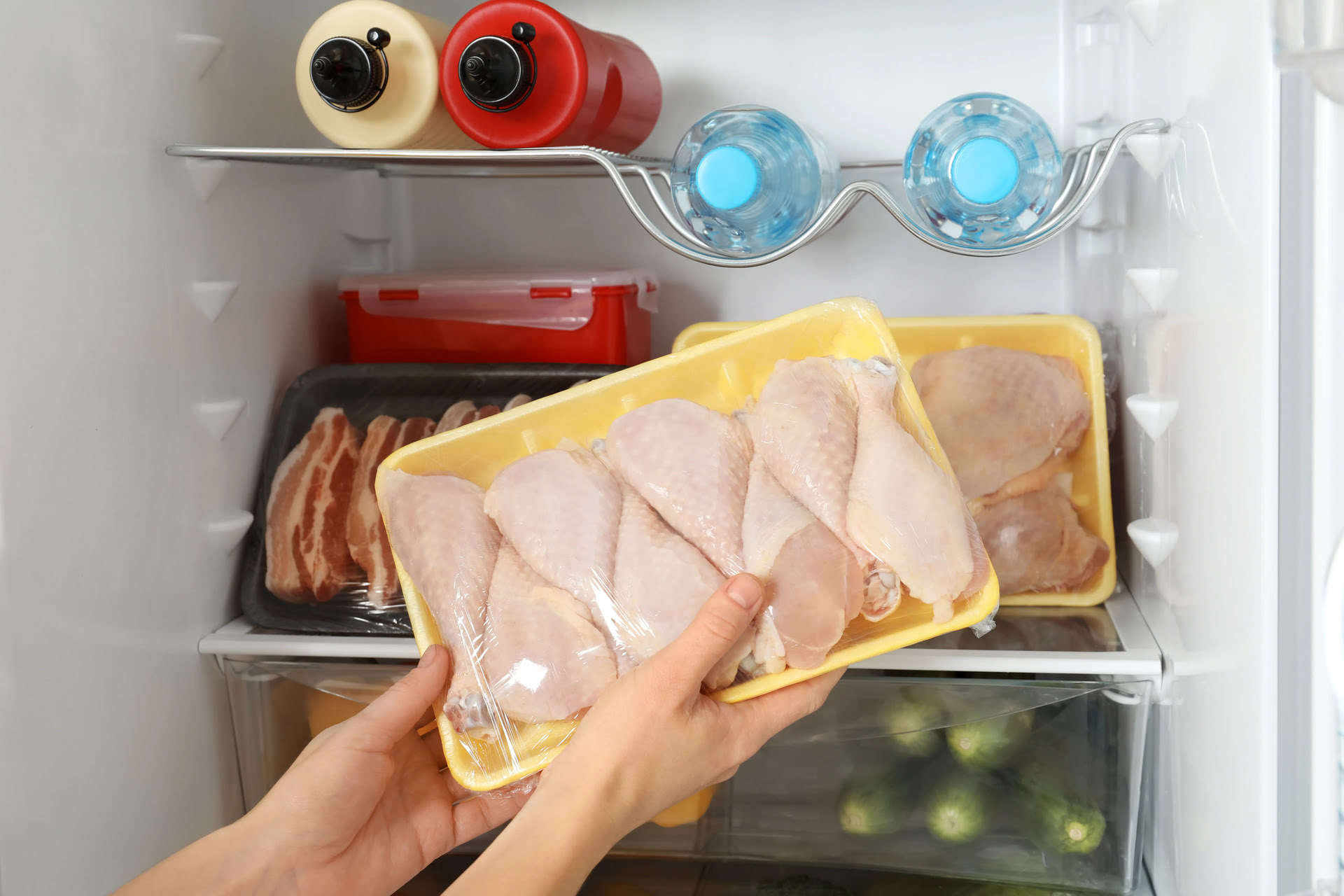

Articles
How To Store Chicken In Fridge
Modified: October 20, 2024
Learn how to properly store chicken in the fridge to ensure freshness and prevent contamination. Quick and easy tips and guidelines.
(Many of the links in this article redirect to a specific reviewed product. Your purchase of these products through affiliate links helps to generate commission for Storables.com, at no extra cost. Learn more)
Introduction – Importance of storing chicken properly in the fridge
When it comes to handling raw poultry, proper storage is essential to maintain its freshness and safety. Storing chicken in the fridge not only prevents bacteria growth but also helps preserve its texture and flavor. By following the correct storage guidelines, you can ensure that your chicken remains safe for consumption and avoid the risk of foodborne illnesses.
The bacteria present in raw chicken, such as salmonella and campylobacter, can multiply rapidly under improper storage conditions and cause severe illness. By refrigerating chicken at the correct temperature, you can slow down bacterial growth and minimize the risk of contamination.
Furthermore, storing chicken properly in the fridge also helps to maintain its quality. Exposing chicken to fluctuating temperatures or storing it at room temperature for an extended period can result in spoilage, leading to an unpleasant odor, slimy texture, or discoloration. By adhering to the recommended storage guidelines, you can extend the shelf life of your chicken and ensure that it remains fresh and safe to consume.
In this article, we will discuss the optimal storage methods for chicken in the fridge to maximize its freshness and safety. We will cover temperature considerations, storage guidelines, proper placement in the fridge, duration of storage, and tips for optimizing storage. By following these guidelines, you can enjoy delicious and safe chicken dishes while minimizing the risk of foodborne illnesses.
Key Takeaways:
- Properly storing chicken in the fridge at temperatures below 40°F is crucial to prevent bacterial growth and maintain its freshness, flavor, and safety. Adhering to storage guidelines and employing efficient organization techniques can help extend the shelf life of chicken and minimize the risk of foodborne illnesses.
- Regularly monitoring the fridge temperature, utilizing safe containers, and following recommended storage guidelines are essential for maintaining the quality and safety of stored chicken. Optimizing storage with a refrigerator thermometer, efficient organization, and other helpful techniques can further enhance the freshness and flavor of chicken, ensuring delicious and safe meals for you and your family.
Read more: How To Store A Fridge
Temperature Considerations – Ideal Temperature for Storing Chicken in the Fridge – Dangers of Storing Chicken at Improper Temperatures
Proper temperature control is crucial when storing chicken in the fridge to prevent bacterial growth and maintain food safety. The ideal temperature for storing chicken is below 40°F (4°C). At this temperature range, bacteria growth slows down significantly, reducing the risk of foodborne illnesses.
Storing chicken at temperatures above 40°F (4°C) can potentially lead to food poisoning. Bacteria, such as salmonella and campylobacter, can multiply rapidly at higher temperatures, increasing the chances of contamination and illness. Therefore, it is essential to keep your fridge set at the right temperature to ensure the safety of stored chicken.
It’s worth noting that the temperature inside the fridge is not consistent throughout. The warmest areas are usually on the door shelves, while the coldest areas are at the back of the bottom shelf. To ensure even cooling, place the chicken on the bottom shelf, towards the back, away from other items. This helps maintain a stable temperature and avoids exposure to fluctuating temperatures, reducing the risk of spoilage or bacterial growth.
Storing chicken at improper temperatures for an extended period can lead to the growth of harmful bacteria and spoilage. Consuming spoiled chicken can cause food poisoning symptoms, such as nausea, vomiting, abdominal pain, and diarrhea. To avoid these dangers, it is crucial to maintain the proper temperature in your fridge and adhere to the recommended storage guidelines.
To ensure that your chicken remains safe and fresh, regularly check the temperature of your fridge using a refrigerator thermometer. This will help you monitor if the temperature falls within the ideal range and make any necessary adjustments. Investing in a thermometer is a small step that can go a long way in ensuring food safety.
By understanding the importance of temperature control and following the recommended guidelines, you can safeguard against the dangers of storing chicken at improper temperatures. This knowledge is essential for maintaining the quality and safety of your chicken, ensuring delicious and healthy meals for you and your family.
Storage Guidelines – Preparing the Chicken for Storage – Safe Containers for Storing Chicken – Proper Packaging Techniques
Proper storage guidelines are crucial when it comes to storing chicken in the fridge. By following these guidelines, you can maintain the freshness, quality, and safety of the chicken. Here are a few important steps to consider:
Preparing the Chicken for Storage:
Before storing chicken in the fridge, it is essential to properly prepare it. Start by removing any giblets or organs from the cavity and patting the chicken dry with paper towels. This helps to remove excess moisture, which can contribute to bacterial growth. Additionally, trim any excess fat or skin to prevent it from becoming rancid during storage.
Safe Containers for Storing Chicken:
Choosing the right containers for storing chicken is crucial to prevent cross-contamination and maintain its quality. Opt for containers that are specifically designed for food storage, such as plastic or glass containers with tight-fitting lids. Avoid storing chicken in open containers or wrapping it in plastic cling wrap, as it can lead to the growth of bacteria and affect its flavor.
Read more: How To Store Chicken Broth
Proper Packaging Techniques:
When packaging chicken for storage, it is important to ensure it is well-sealed to protect it from air and moisture. Use airtight containers or sealable plastic bags to minimize the risk of bacterial growth and freezer burn. Remove as much air as possible from the packaging to maintain the chicken’s texture and flavor. Label the containers with the date of storage to keep track of its freshness.
Additionally, it is essential to keep raw chicken separate from other food items to prevent cross-contamination. Store raw chicken on the bottom shelf of the fridge, away from ready-to-eat foods, such as fruits, vegetables, and cooked meats. This helps reduce the risk of bacteria from the chicken coming into contact with other foods and causing foodborne illnesses.
By following these storage guidelines, you can ensure that your chicken remains fresh, safe, and free from bacterial contamination. Properly preparing the chicken, using safe containers, and employing proper packaging techniques are essential steps in maintaining the quality and safety of the stored chicken.
Placement in the Fridge – Recommended Location for Storing Chicken – Avoiding Cross-Contamination
The placement of chicken in the fridge is crucial to maintain its freshness and prevent cross-contamination with other food items. By following the recommended guidelines, you can ensure the safety and quality of the chicken stored in your fridge.
Recommended Location for Storing Chicken:
The recommended location for storing chicken in the fridge is on the bottom shelf or in a dedicated meat drawer. Placing it on the bottom shelf helps prevent any potential drips or leaks from contaminating other foods. This way, the chicken is kept away from ready-to-eat foods, such as fruits, vegetables, and cooked items, reducing the risk of cross-contamination.
If your fridge has a dedicated meat drawer or compartment, utilize it for storing chicken. These compartments are designed to maintain a slightly colder temperature, providing optimal conditions for storing raw poultry. Ensure that the chicken is well-sealed in airtight containers or properly wrapped to minimize any potential exposure to other foods.
Avoiding Cross-Contamination:
Cross-contamination is a major concern when storing chicken in the fridge. Raw chicken can carry bacteria, such as salmonella, which can easily spread to other foods if proper precautions are not taken. To avoid cross-contamination:
- Store raw chicken away from ready-to-eat foods, such as fruits, vegetables, and cooked meats. Keep them on separate shelves or in separate compartments to prevent any accidental contact.
- Use separate cutting boards and utensils for raw chicken to avoid contaminating other foods during meal preparation. Wash these items thoroughly with hot, soapy water after use.
- Ensure that any surfaces or containers that come into contact with raw chicken are thoroughly cleaned and sanitized to eliminate any potential bacteria.
- Consider using color-coded containers or labels specifically designated for storing raw poultry to further minimize the risk of cross-contamination.
By following these guidelines, you can prevent cross-contamination and reduce the risk of foodborne illnesses. Ensuring the proper placement of chicken in the fridge and taking necessary precautions to avoid contact with other foods helps maintain the safety and quality of your stored chicken.
Read more: How To Store Thawed Chicken
Duration of Storage – Maximum Recommended Storing Time for Chicken in the Fridge – Signs of Spoilage to Look Out For
Understanding the duration of storage for chicken in the fridge is important to ensure its freshness and safety. While the exact maximum storage time can vary depending on factors such as quality, temperature, and storage conditions, there are general guidelines to follow for optimal freshness.
Maximum Recommended Storing Time for Chicken in the Fridge:
The maximum recommended storing time for raw chicken in the fridge is typically around 1 to 2 days. It is important to note that this timeframe assumes the chicken has been properly stored at temperatures below 40°F (4°C) and that it is fresh when purchased.
It is always best to buy and consume chicken as close to the date of purchase as possible. If you are unable to use it within the recommended timeframe, consider freezing it for longer-term storage. Freezing can extend the shelf life of chicken for several months, as long as it is properly packaged to prevent freezer burn.
Signs of Spoilage to Look Out For:
Regardless of the recommended storing time, it is essential to be vigilant and look out for signs of spoilage before consuming chicken. Some common signs of spoilage include:
- Unpleasant odor: If the chicken emits a strong, foul odor, it is likely spoiled and should not be consumed.
- Slimy or sticky texture: Fresh chicken should have a smooth and slightly tacky texture. If it feels slimy or sticky, it may be an indication of bacterial growth and spoilage.
- Discoloration: If the chicken has developed a gray or greenish tint, it may have started to spoil. Fresh chicken should have a pinkish or beige color.
- Mold: Any presence of mold on the surface of the chicken is a clear indication of spoilage.
If you observe any of these signs, it is best to discard the chicken immediately to avoid the risk of foodborne illness. It is always better to err on the side of caution when it comes to food safety.
By adhering to the recommended maximum storing time for chicken in the fridge and staying vigilant for signs of spoilage, you can ensure that the chicken you consume is fresh, safe, and of the highest quality.
Tips for Optimizing Storage – Using a Refrigerator Thermometer – Organizing the Fridge for Efficient Storage – Other Helpful Techniques for Extending Chicken’s Freshness
Optimizing the storage of chicken in the fridge is essential for maintaining its freshness, safety, and flavor. By following these tips, you can ensure that your chicken remains in optimal condition throughout its storage period.
Read more: How To Store Dehydrated Chicken
Using a Refrigerator Thermometer:
One effective way to optimize chicken storage is by using a refrigerator thermometer. This simple tool allows you to monitor and maintain the ideal temperature range of below 40°F (4°C). Place the thermometer in a central location in your fridge and check it regularly to ensure the temperature remains within the safe range. Adjust the fridge settings if necessary to maintain a consistent temperature level. By keeping the fridge at the proper temperature, you can prevent bacterial growth and extend the shelf life of chicken.
Organizing the Fridge for Efficient Storage:
Proper organization of the fridge can significantly optimize chicken storage. Consider the following tips:
- Place raw chicken in airtight containers or sealable plastic bags to prevent it from touching other foods. This helps minimize the risk of cross-contamination.
- Store raw chicken on the bottom shelf or in the meat drawer, away from ready-to-eat foods to reduce the risk of bacterial transfer.
- Arrange items in the fridge in a way that allows for proper air circulation. Avoid overpacking the shelves, as it can hinder the flow of cold air and impact the temperature consistency.
- Keep the fridge clean and regularly check for any spills or leaks. Wipe up any liquid or juices from packaged chicken to prevent contamination.
Other Helpful Techniques for Extending Chicken’s Freshness:
In addition to temperature control and proper organization, there are a few other techniques you can employ to extend the freshness of chicken:
- Consider marinating the chicken before storing it. Marination not only enhances flavor but can also help tenderize the meat and extend its shelf life.
- If you know that you won’t be able to consume the chicken within the recommended timeframe, consider freezing it. Properly package the chicken in airtight containers or freezer-safe bags to prevent freezer burn.
- Label and date the chicken when storing it in the freezer, so you can keep track of its storage time and prioritize its use based on the purchase date.
- If you have cooked chicken leftovers, store them separately from raw chicken to avoid any potential cross-contamination.
By implementing these tips, you can optimize the storage of chicken in the fridge, maintaining its freshness and safety. Proper temperature control, efficient organization, and other techniques will help you extend the shelf life of chicken and ensure that it remains delicious and safe when it’s time to cook and enjoy it.
Conclusion – Importance of Following Proper Storage Methods for Chicken in the Fridge
Proper storage methods for chicken in the fridge play a critical role in maintaining its freshness, safety, and quality. By following the guidelines and tips outlined in this article, you can ensure that the chicken you consume is delicious, free from harmful bacteria, and poses minimal risk of foodborne illnesses.
Storing chicken at the correct temperature, below 40°F (4°C), is vital to slow down bacterial growth and prevent spoilage. It is essential to keep the fridge set at the right temperature and regularly monitor it using a thermometer to maintain a safe environment for storing raw chicken.
Furthermore, adhering to the recommended storage guidelines, such as preparing the chicken properly, using safe containers, and employing proper packaging techniques, helps to maintain its freshness and prevent cross-contamination. Storing raw chicken on the bottom shelf or in a dedicated meat drawer, away from ready-to-eat foods, minimizes the risk of bacterial transfer.
Understanding the maximum recommended storing time for chicken in the fridge, typically 1 to 2 days, and being aware of the signs of spoilage, such as unpleasant odor, slimy texture, discoloration, or mold, are essential for ensuring the safety of the chicken before consumption.
By optimizing storage using techniques like using a refrigerator thermometer, organizing the fridge for efficient storage, and employing other helpful techniques for extending freshness, you can further enhance the quality of stored chicken. Proper temperature control, organization, and other techniques help preserve the chicken’s flavor and minimize bacterial growth.
In conclusion, following proper storage methods for chicken in the fridge is of utmost importance. By adhering to the guidelines and tips provided in this article, you can ensure that your chicken remains fresh, safe, and delicious when it’s time to cook and enjoy it. Prioritizing food safety and proper storage practices will not only protect your health but also allow you to savor the full flavors of well-preserved chicken.
Frequently Asked Questions about How To Store Chicken In Fridge
Was this page helpful?
At Storables.com, we guarantee accurate and reliable information. Our content, validated by Expert Board Contributors, is crafted following stringent Editorial Policies. We're committed to providing you with well-researched, expert-backed insights for all your informational needs.
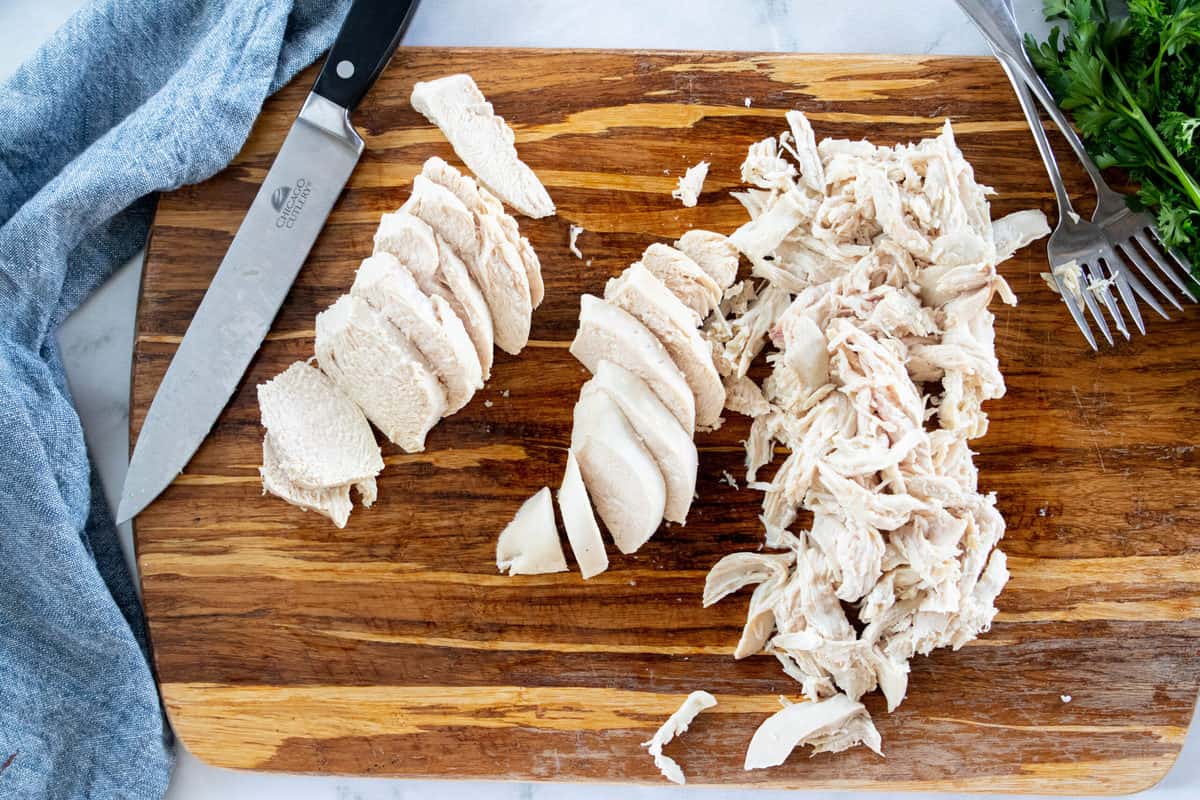
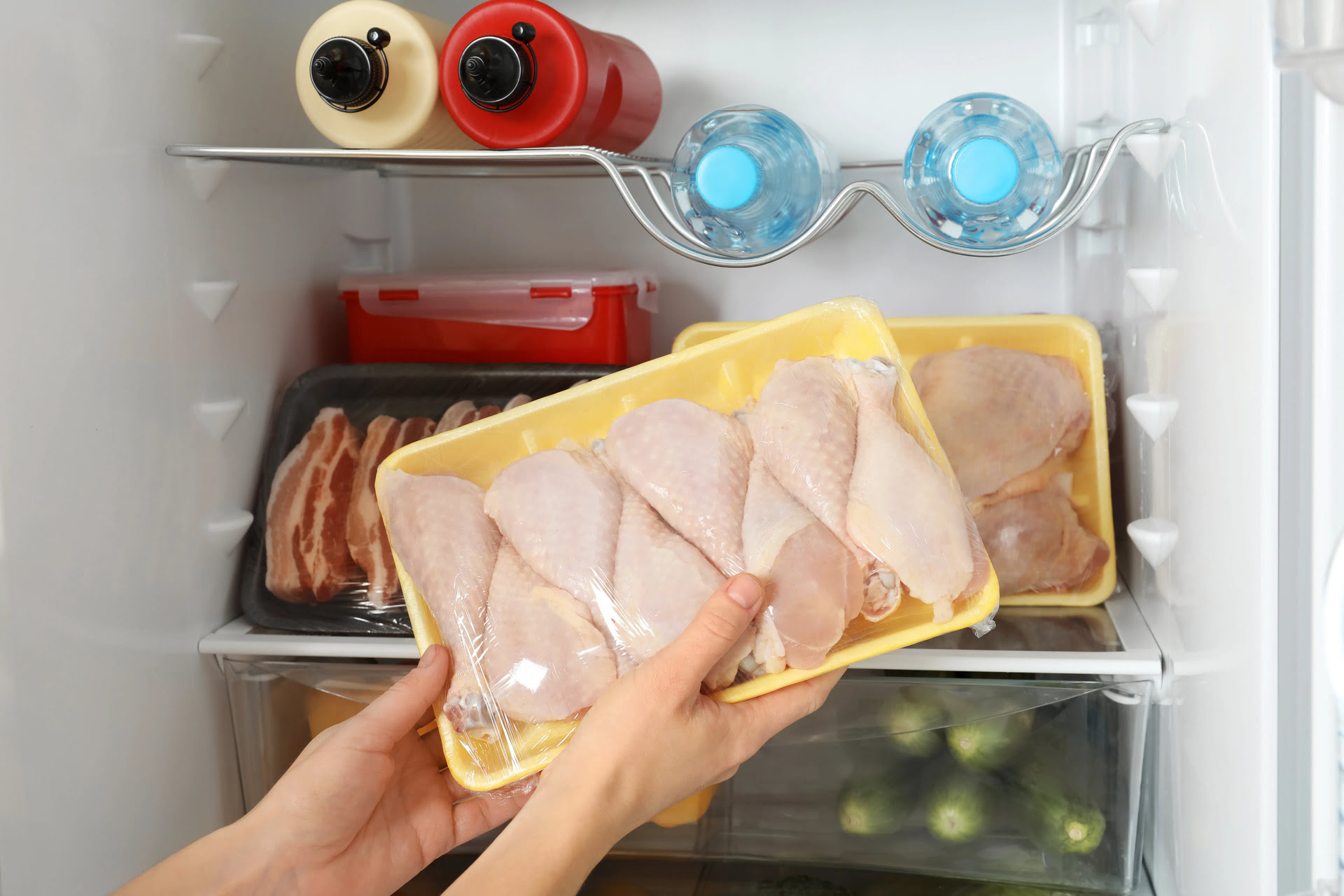
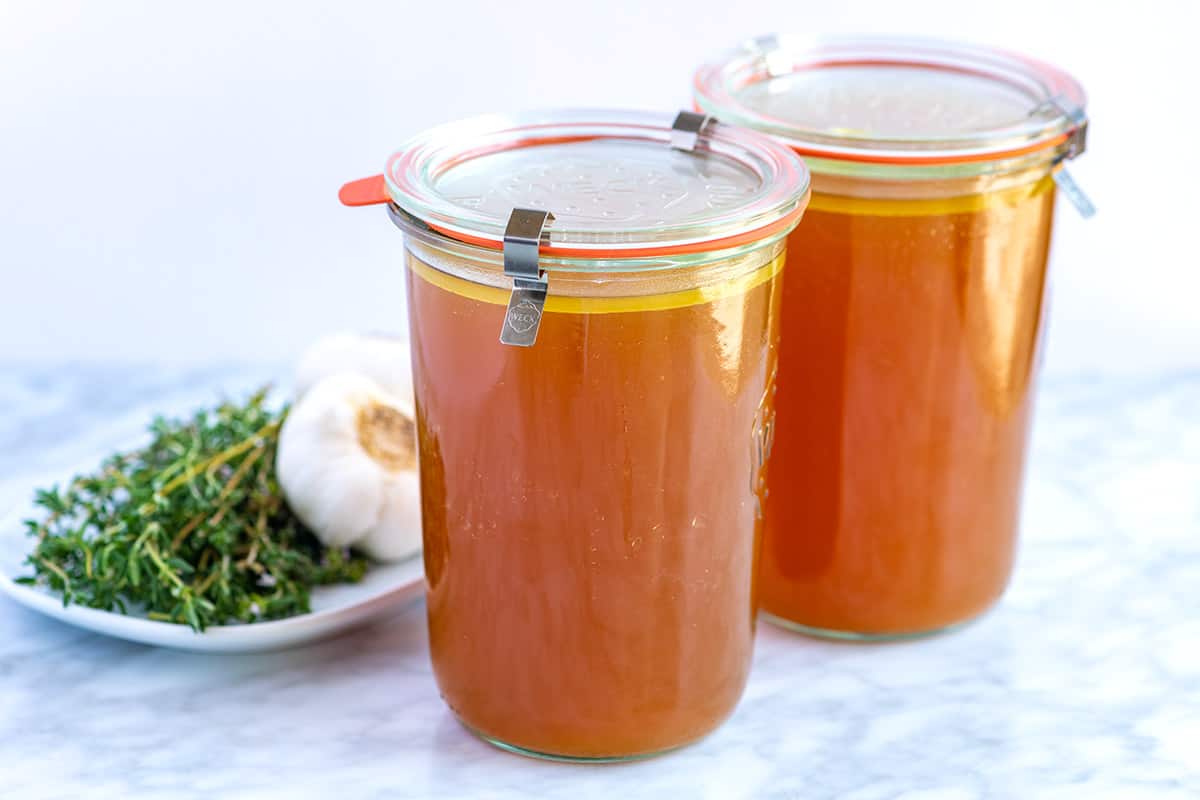
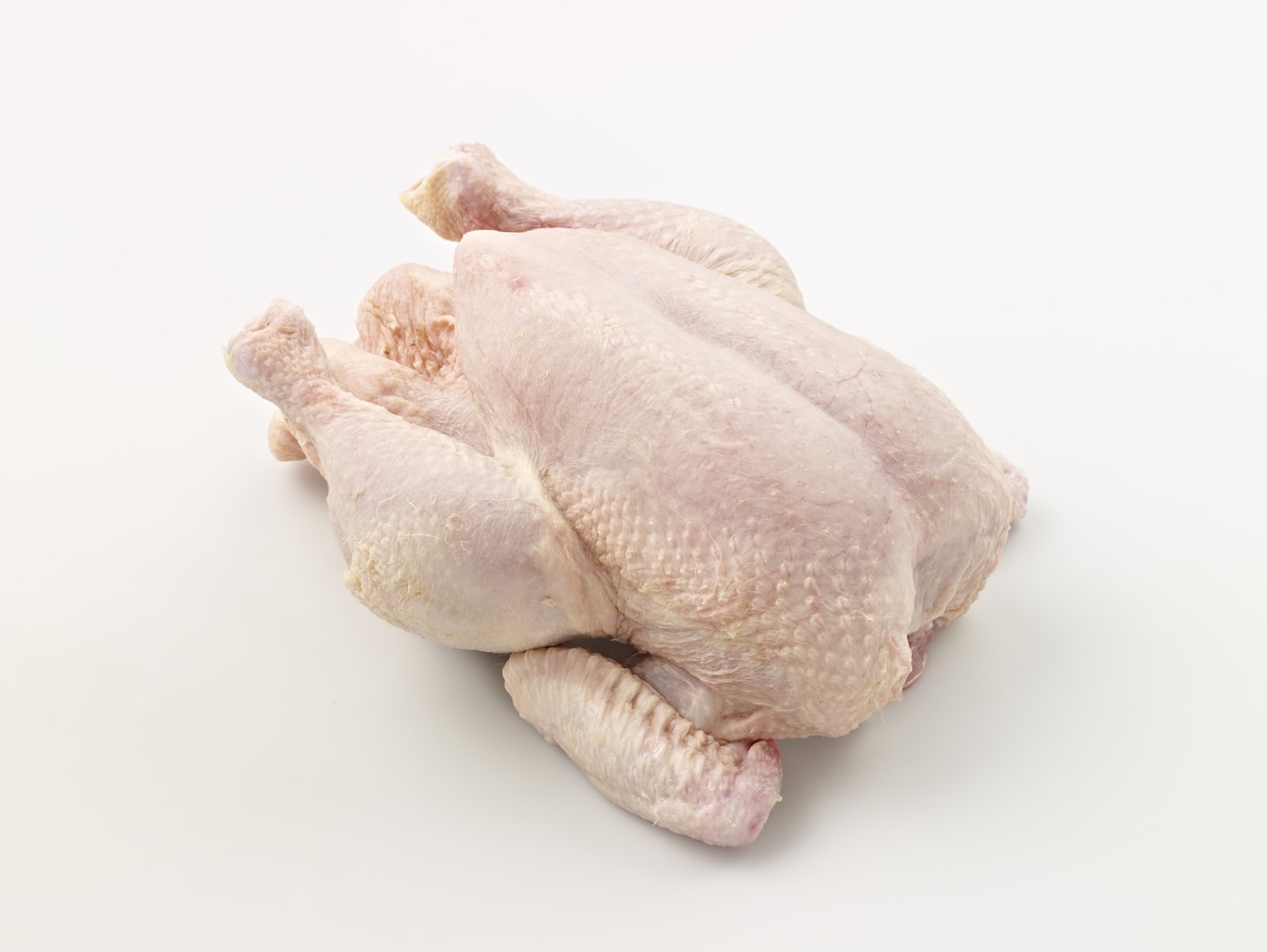
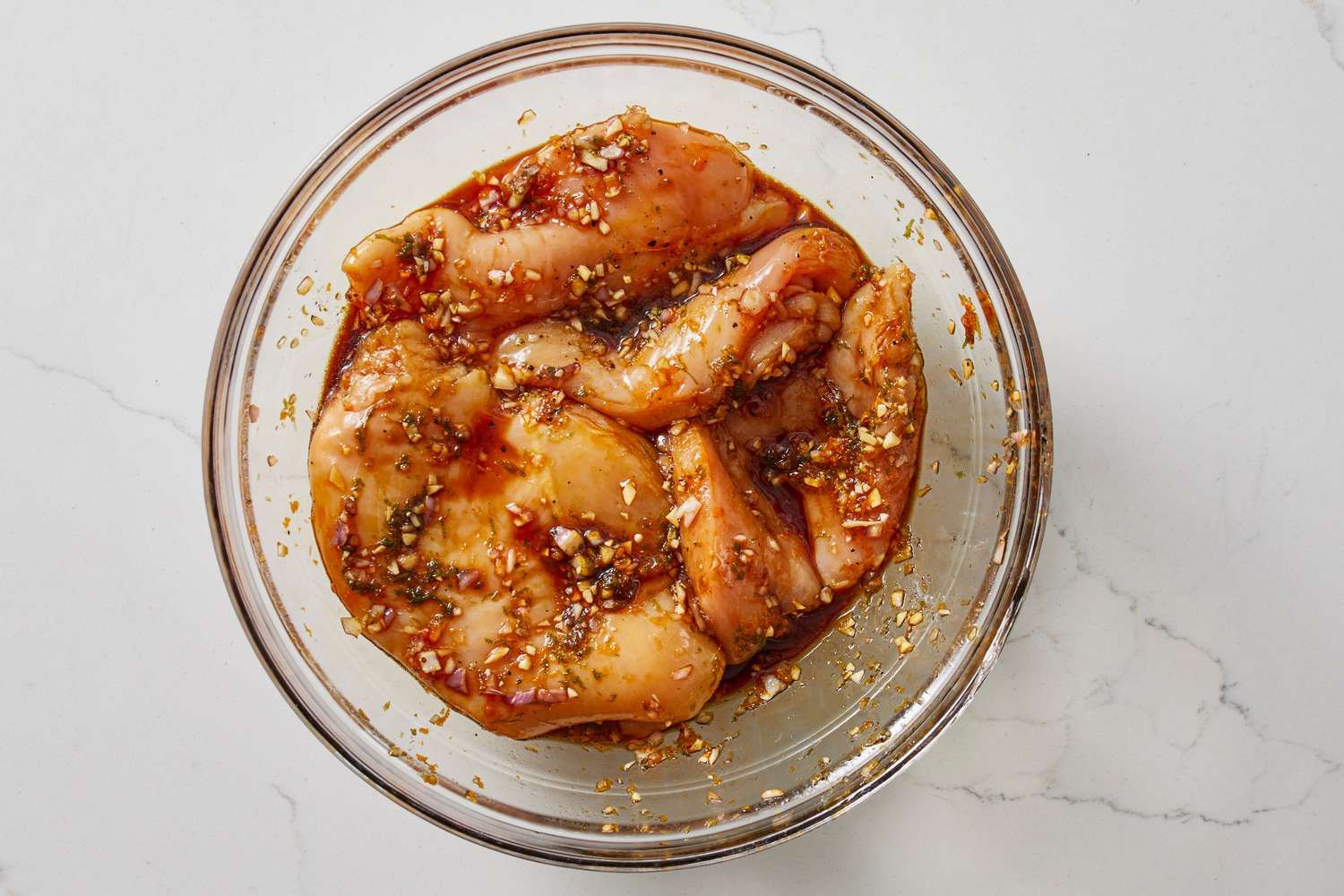
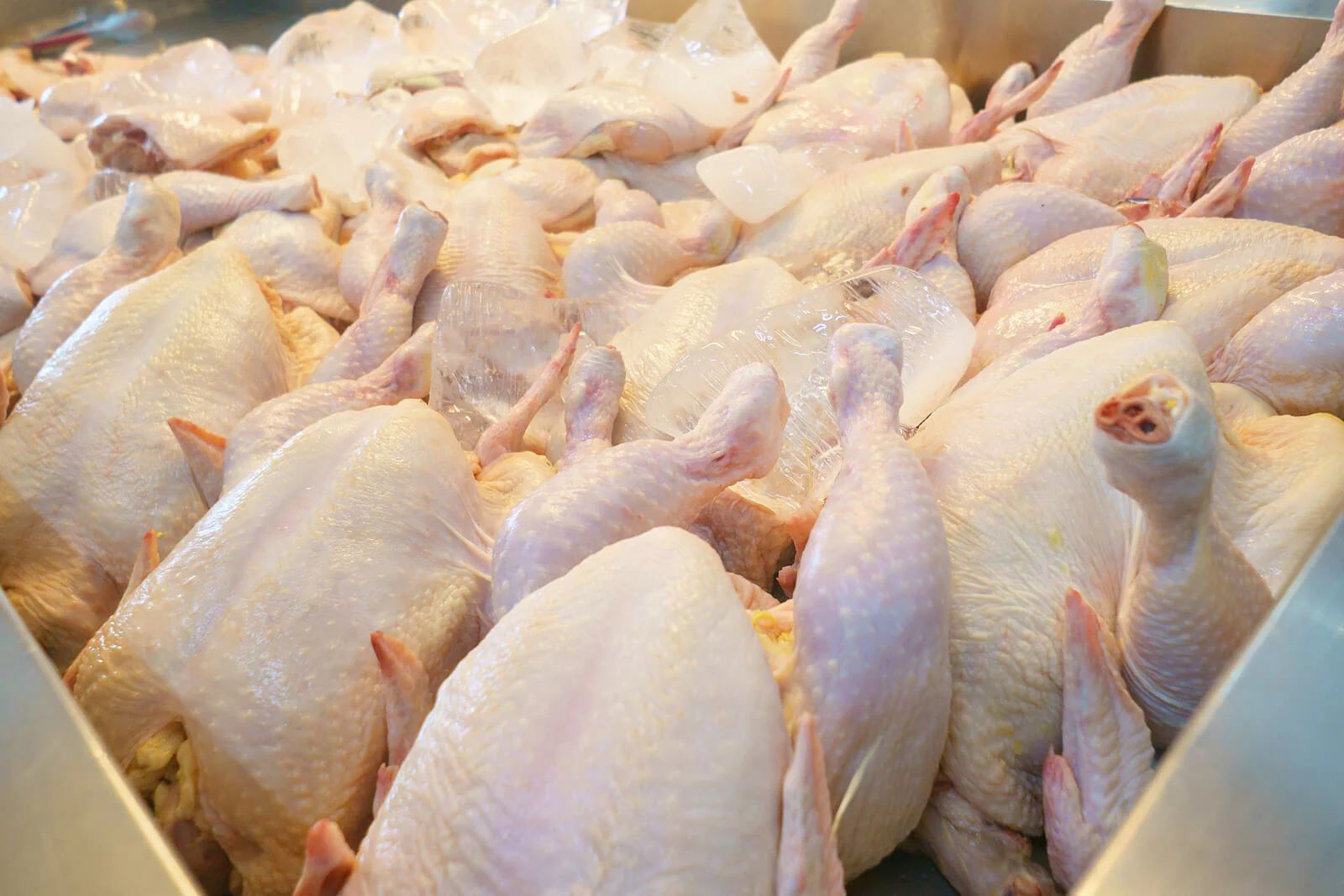

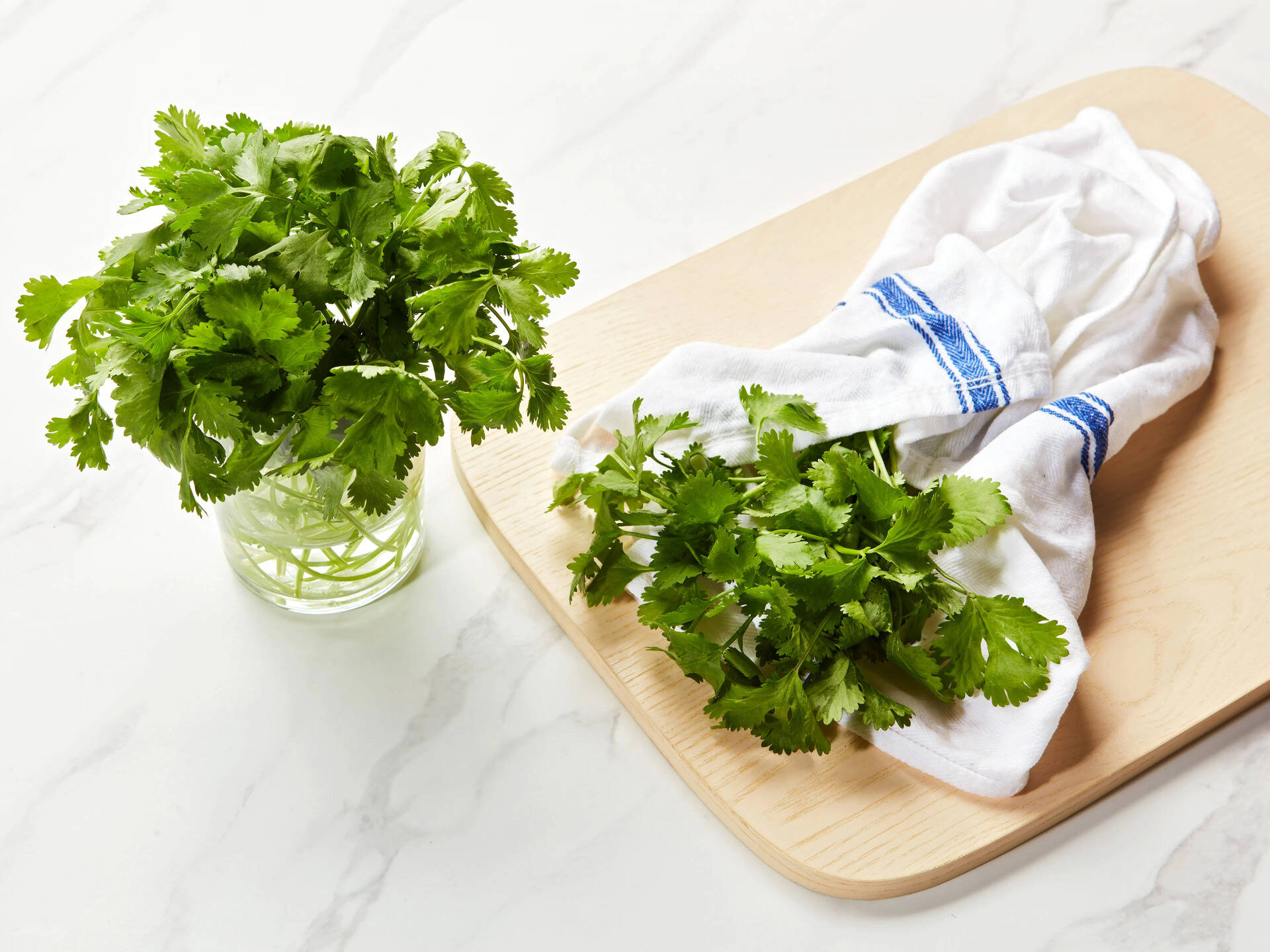
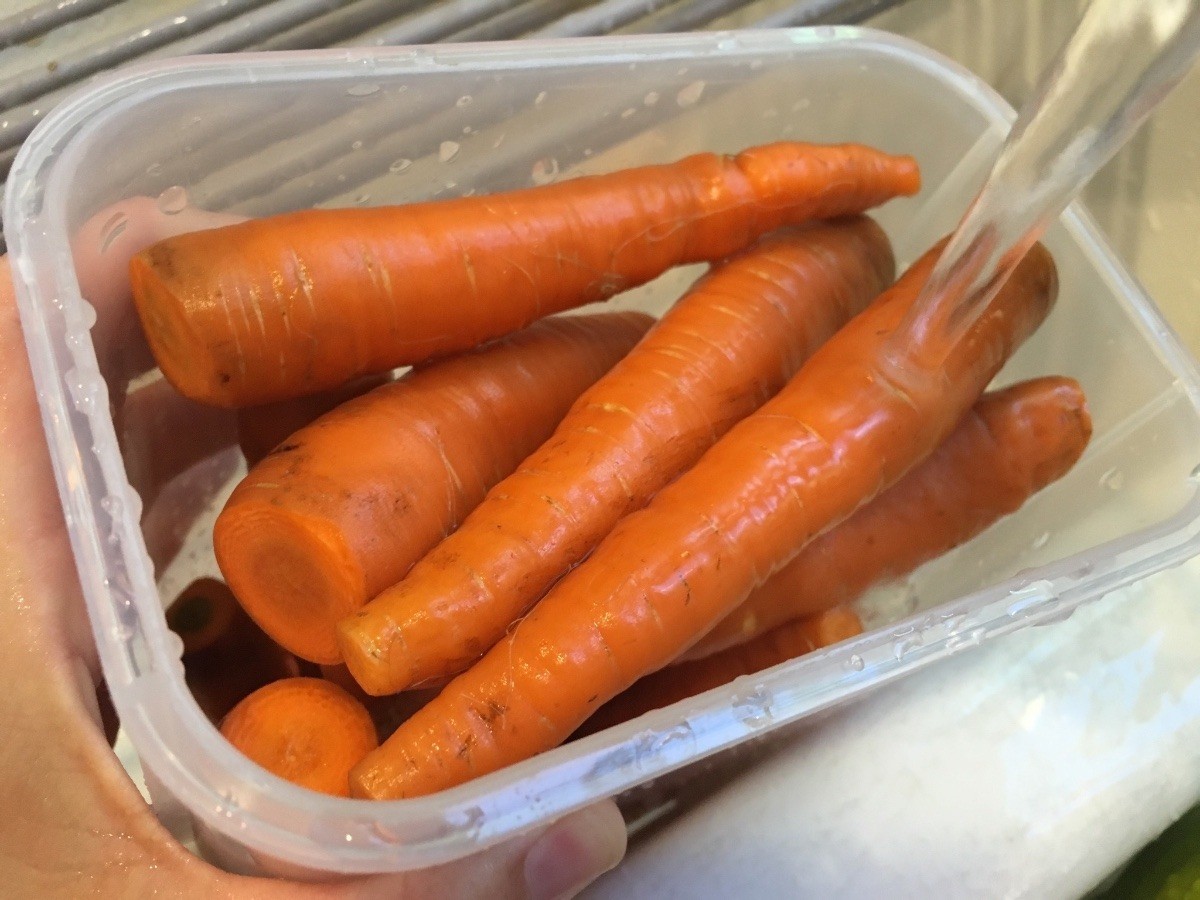

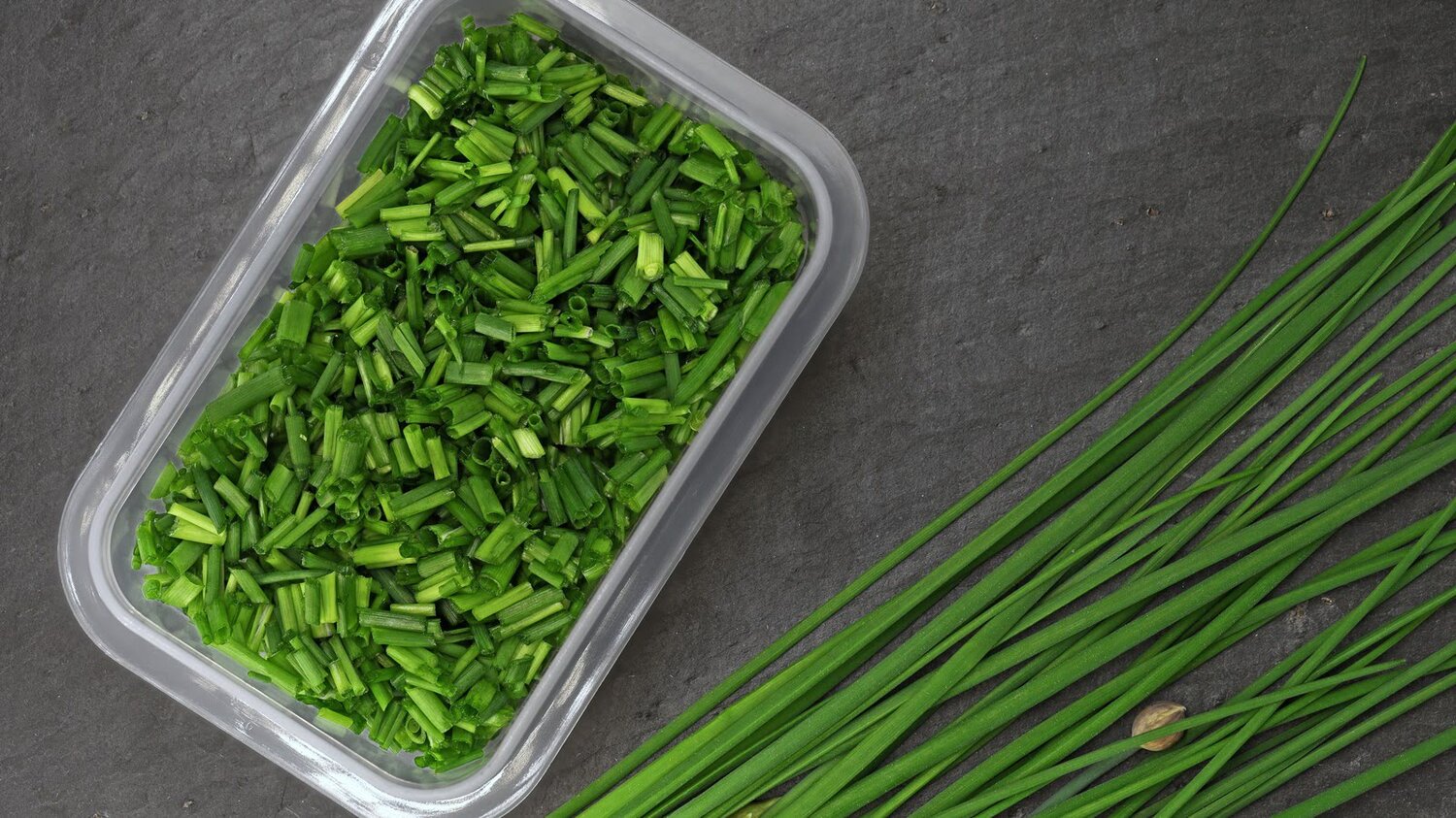
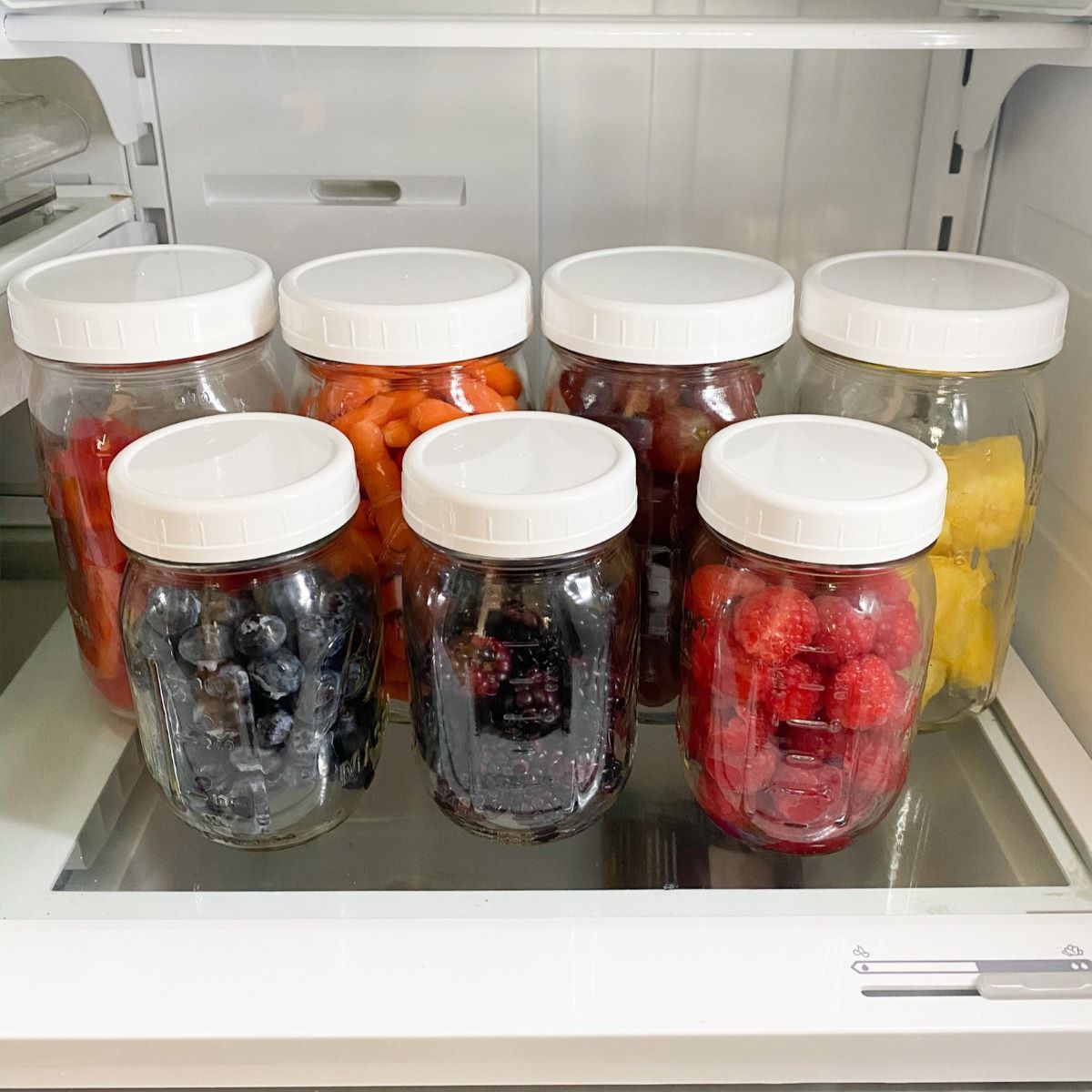

0 thoughts on “How To Store Chicken In Fridge”